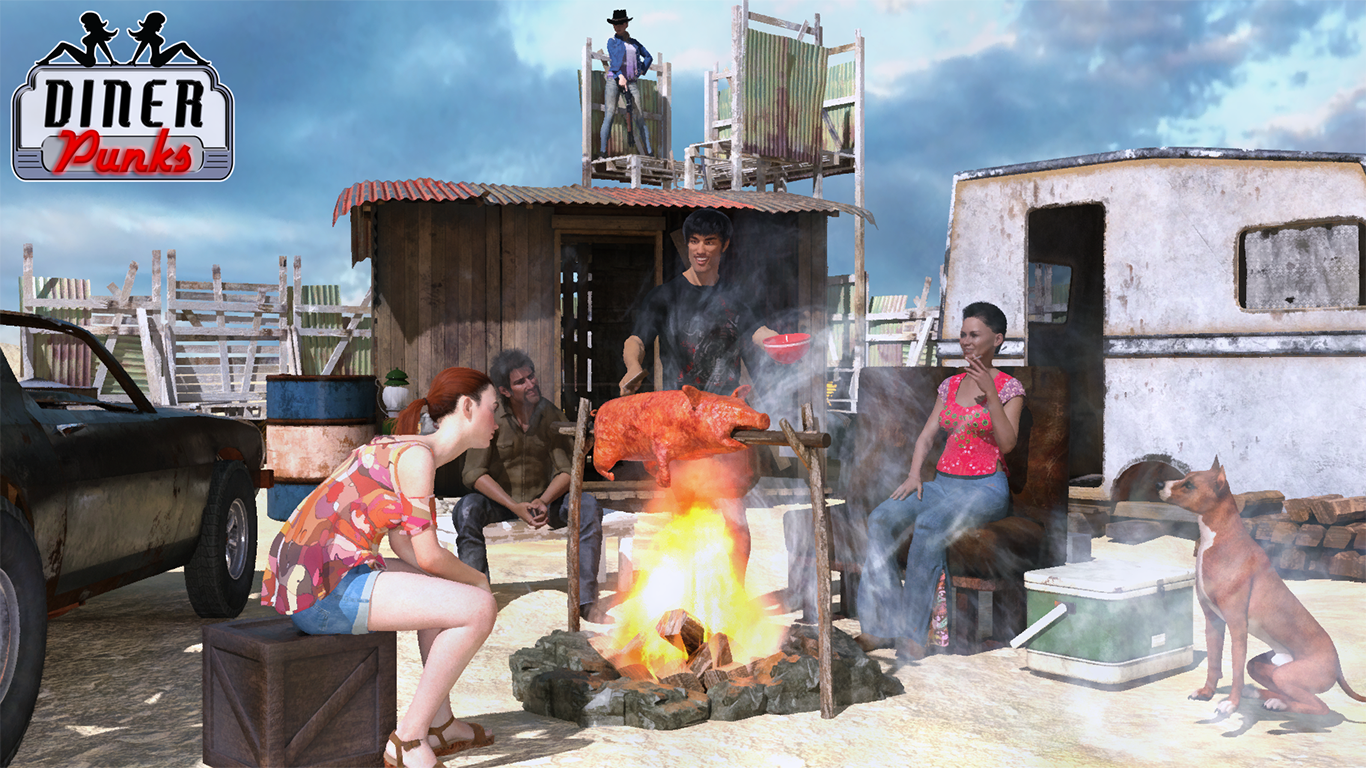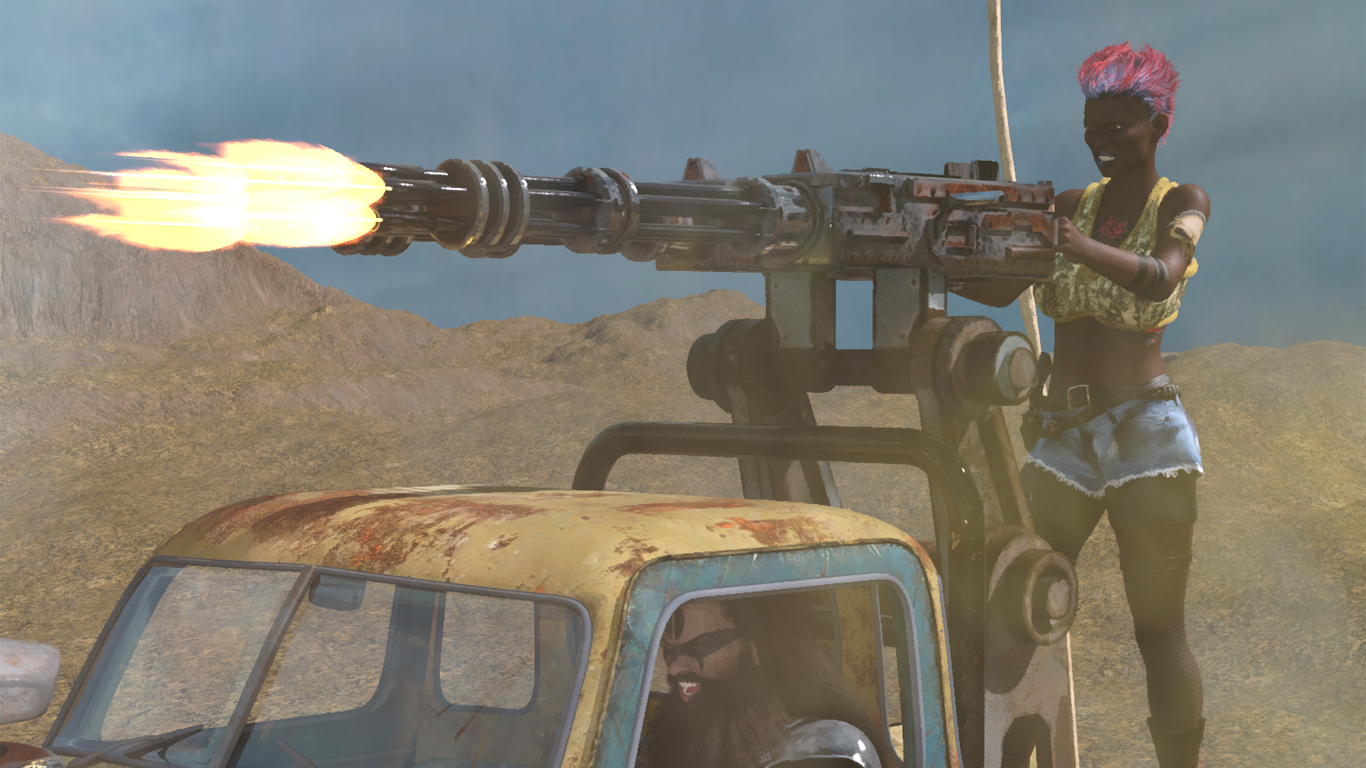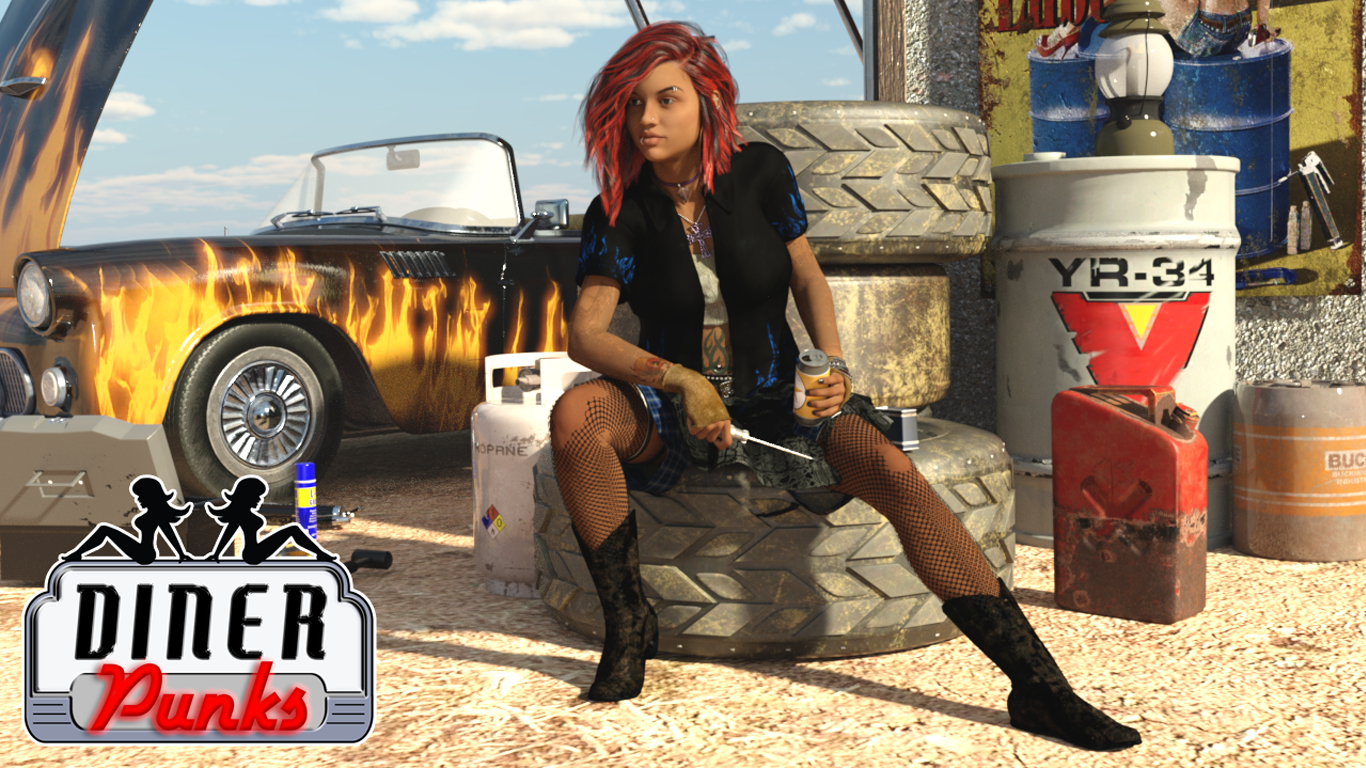We may earn money or products from the companies mentioned in this post.
Initiative is one of those mechanics that is useful but often causes as many problems as it solves. Aside from the mechanical overhead (extra die rolls and math, keeping up with the count, etc.), it’s often hard to make natural, cinematically appropriate actions (and especially reactions) fit into the context of the system without introducing exceptions and special rules. This gets even worse if everyone declares actions before anything is resolved. Simple initiative (where each side rolls as a group) reduces the mechanical overhead, but makes the scene feel even more stilted as each side patiently allows the other its turn to attack.
I came up with the following initiative scheme that seems like it might take care of some of the problems, but I haven’t actually playtested it yet. First off, if the game you’re using doesn’t already have one, you’ll need to come up with some kind of initiative score for each character. In the QAGS rulebook we suggest using Body for things like this, but I actually like the idea of a separate Initiative score that’s the average of Body, Brain, and Nerve–the ability to react requires the physical prowess to leap into action (Body), the intelligence to process what’s going on and quickly come up with a plan of action (Brain), and the coolness under pressure to take decisive action before it’s too late (Nerve).
Unless one side in the battle has a clear edge (for example, the opponent is surprised), each round begins with each faction involved in the battle making a d20 roll. The group with the highest roll gets to decide whether they want to take the first action or let someone from the other side take the first action. If there are multiple factions*, the highest roll decides their place in the order, the next highest chooses from what’s left, etc.
Once the order is decided, alternate between teams, allowing one person to act at a time. So, if the party are fighting orcs and, upon winning the d20 roll, decides to go first, the order will be PC, orc, PC, orc, PC, orc, etc. If one side is larger than the other, all remaining combatants on that side act after the last opponent (So 5 PCs and two orcs would be PC, orc, PC, orc, PC, PC, PC). Each group decides what order its members act in. If there is a dispute, the character with the highest initiative goes first (if initiative scores are tied, roll for it).
When it’s a character’s turn to act, he declares his intent. Before he rolls, however, anyone with a higher initiative who has not yet acted may declare that they are reacting and how they intend to do so. If multiple characters react, the reactions are resolved in initiative order. Anyone who reacts but doesn’t follow through on their action (for example, if an ally kills the monster before they get to it) may still act during the round, but suffers a -2 penalty to his roll.
Optional rule: If appropriate, a character can react to an ally’s action by declaring that he is assisting the ally. If both rolls succeed, add them together to determine the Success Degree. However, if one roll succeeds and one roll fails, the Success Degree of the action is reduced by the Failure Degree of the failed roll.
As I mentioned previously, this just sort of popped in my head and I haven’t had a chance to test it out. If you try it, let me know what works and what doesn’t.
*Usually, each “team” will only get one roll, but the GM may opt to have discreet tactical units roll individually. For example, he may make separate rolls for the villain’s guard dogs and henchmen, or allow the PC snipers to make their own roll instead of having them attack when the main group crashes through the doors guns blazing.





